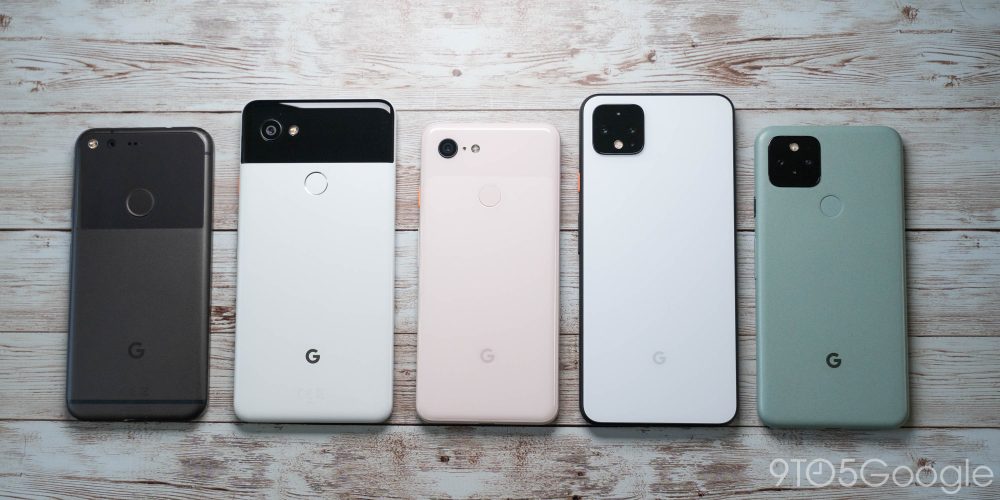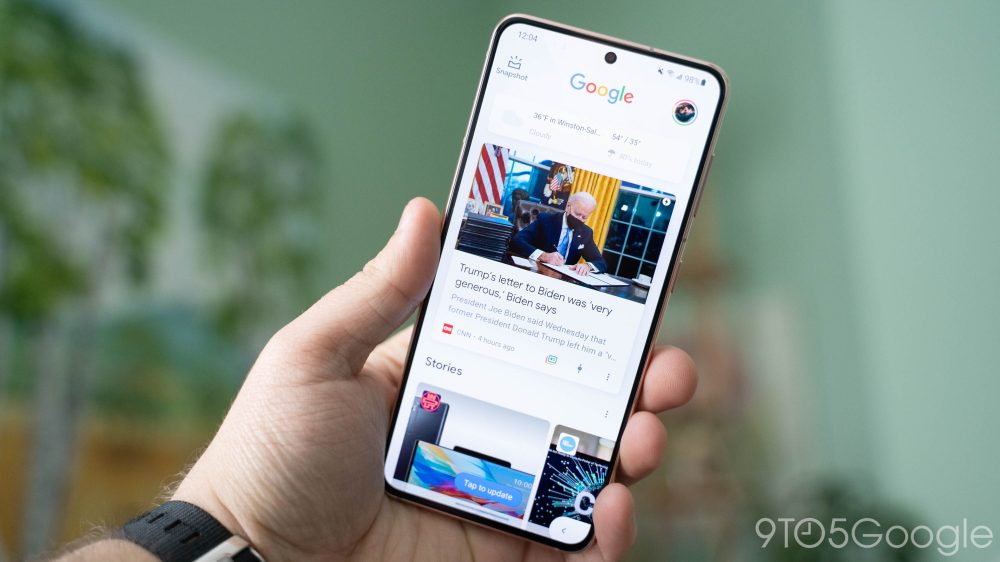
Smartphones have been getting bigger and bigger over the past decade or so, with phones like the Galaxy S21 Ultra and iPhone 12 Pro Max packing massive displays, and in turn, big footprints. Google’s Pixel lineup has been a reliable place to go for a smaller-size device for a while, but the Pixel 6 is bucking that trend entirely. Good.
Small phones are rare in today’s market. Your average Android phone in 2021 is over 6 inches in size in terms of its display with many inching their way towards 7. The Galaxy S21 Ultra, for example, has a giant 6.8-inch display.
Every generation of Pixel has offered at least one small device. The original Pixel had a 5-inch display in a body that was 143.8 x 69.5 x 8.5mm. The Pixel 2 was almost identically sized with the same display but a slightly taller body. Pixel 3 slimmed the bezels for a 5.5-inch display in a body measuring 145.6 x 68.2 x 7.9mm and Pixel 4 went a step further at 5.7-inches and 147.1 x 68.8 x 8.2 mm. Pixel 5, the only one lacking an XL version, has a 6-inch display at 144.7 x 70.4 x 8mm.

It seems that Pixel 6 will be dropping this goal for smaller sizes entirely. Even if Google pulls off a miracle on bezels and hardware design, the 6.4-inch display in the Pixel 6 means we’ll be looking at a larger device. A previous leak mentioned dimensions of 158.6 x 74.8 x 8.9mm. While that’s not exactly small, it’s also not huge. It’s marginally larger than the Galaxy S21 but smaller than the S21+.
Numbers aside, why is this a good thing? Google saying goodbye to its efforts in smaller sizes might annoy a few tech journalists, influencers, and others, it’s been proven time and time again that, especially in the US, people are buying bigger phones more than they are smaller phones.
Just look at the iPhone 12 series, for example. Apple received a ton of praise for its iPhone 12 Mini, but hardly anyone is buying it, apparently. Rather, many more customers are opting for the much larger iPhone 12 Pro Max and, of course, the cheaper iPhone 12. There are countless reasons for that. Bigger phones usually last longer on a charge, for one. The bigger screens are also just inherently better for our content-first world full of social media, short-form videos, and more. For a lot of people, smartphones are not just a means of communication, but the center of their entertainment experience.
That’s not to say that small phones aren’t for anyone, there is absolutely a market for smaller devices. However, Google needs to push the Pixel line on as many customers as possible to allow its “Tensor” investment to pay off, so big phones are the way to go. In a year or two, if things go well, Google might end up being in a better position to offer some more variety on size.
Beyond the simple fact that consumers are, as a whole, more interested in bigger phones versus smaller ones, there’s the other part of the story which is that Google can do more with a bigger phone. A bigger phone makes more room for a healthy battery and the camera revamp the company has confirmed is coming.

Computational photography can take a mediocre sensor and turn the final shot into something great, but it can’t fully defeat physics. If you take a look at the past year or so, the best smartphone cameras on the market have been the biggest phones on the market, like the Galaxy S21 Ultra, iPhone 12 Pro Max, and more. Bigger sensors take better photos, and they require phones that aren’t short on space inside.
So, all of this is to say, while yes, it’s a shame that Google is killing off smaller Pixel phones, it’s something that must be done. Just like pruning older features to make way for better replacements, Google needs to displace a few customers to appease the mass market.
More on Pixel 6:
- Pixel 6 and 6 Pro explained: Just what can we expect? [Video]
- Google says Pixel 6 will be pricey, but how much would you pay for it? [Poll]
- Comment: Google’s early Pixel 6 reveal is a show of confidence and a commitment to its future
Author: Ben Schoon
Source: 9TO5Google



